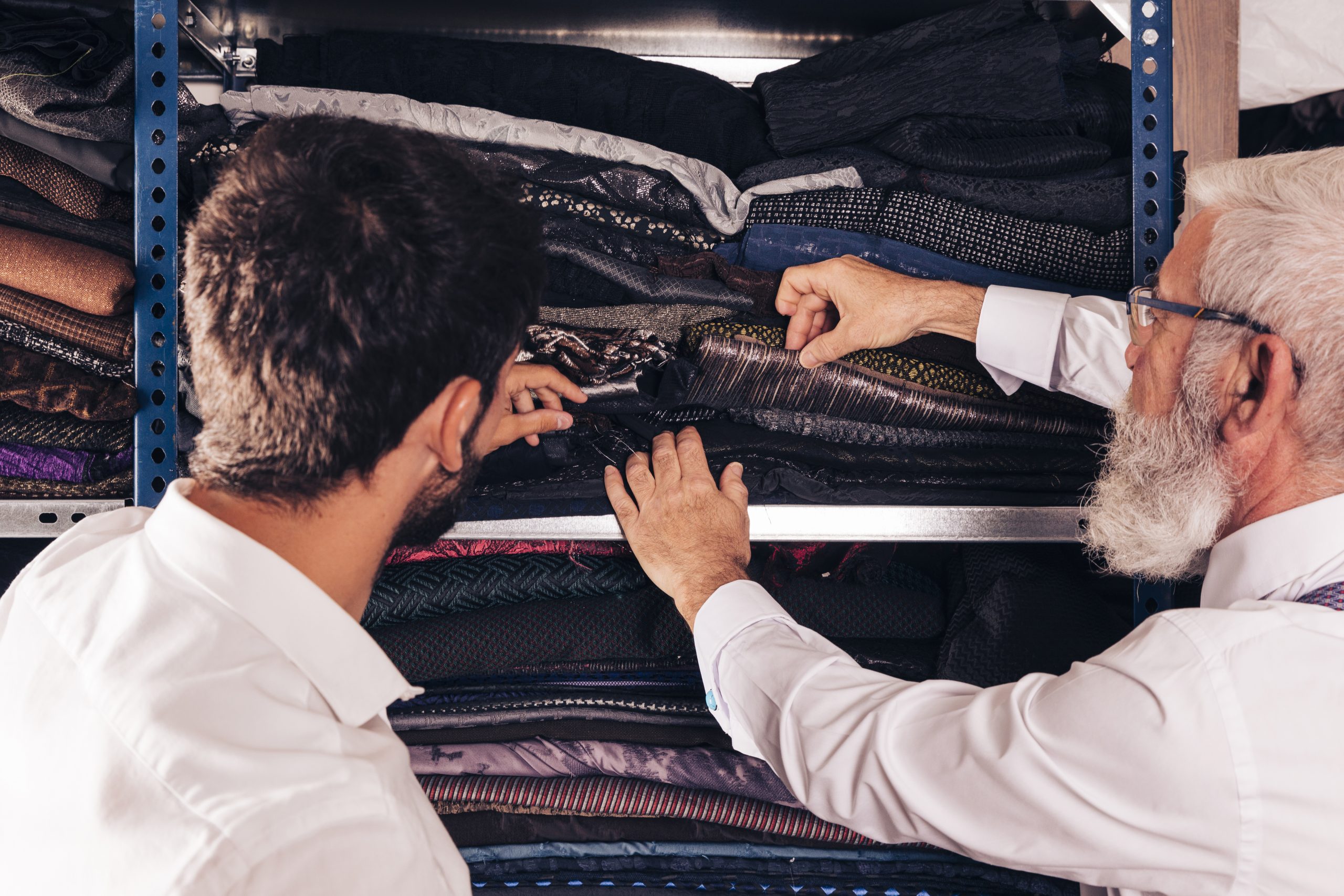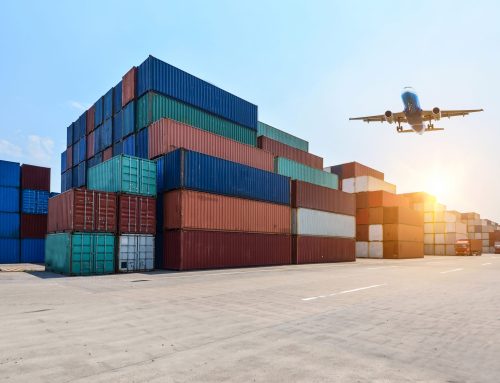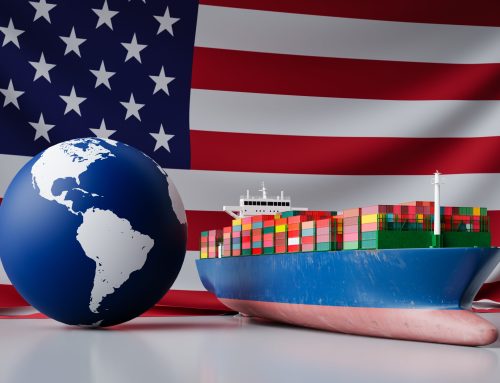Importing textiles and apparel into the U.S. can be profitable, but it’s also one of the most regulated categories under U.S. Customs law. From strict labeling requirements to varying tariff rates, small mistakes can result in costly delays, product seizures, or denied entries.
If you’re an importer or e-commerce seller looking to expand your product line with clothing or fabric-based goods, this guide outlines the essentials in simple, actionable steps.
1. Why Textiles and Apparel Are Heavily Regulated
The textile and apparel industry is highly competitive, and the U.S. government closely monitors these imports to:
- Ensure accurate product labeling and safety
- Protect domestic manufacturers
- Enforce trade agreements and quota restrictions
This means customs officers scrutinize textile shipments more thoroughly than other product categories.
2. Labeling Requirements: What You Must Include
Every garment or textile item imported into the U.S. must include permanent labels that meet federal requirements. The Federal Trade Commission (FTC) and Customs and Border Protection (CBP) enforce these rules.
Your product labels must show the following:
- Fiber content (e.g., 100% cotton, 80% polyester/20% wool)
- Country of origin (manufactured or processed location)
- Manufacturer or responsible company (importer or brand name)
- Care instructions (optional but expected by consumers)
Labels must be in English and sewn in (not removable) unless the item can’t support that (e.g., small scarves or socks).
If you’re unsure how to comply, your customs broker can help review your sample product for labeling compliance before shipping.
3. Tariff Classifications: Know Before You Import
Textile and apparel tariff codes fall under Chapters 50–63 of the U.S. Harmonized Tariff Schedule (HTSUS). Tariffs vary depending on:
- Material (cotton, synthetic, wool, etc.)
- Type (knit vs. woven, shirt vs. pants)
- Gender and use (men’s, women’s, industrial, household)
Textile tariffs can range from 0% to over 30%, so it’s critical to classify your product correctly.
Please explore our complete U.S. Import Tariffs & Duties Guide to understand duty calculations better.
4. Country of Origin: Why It Matters
The country of origin affects labeling, duty rates, and whether products qualify for free trade agreements.
For example:
- Products from countries like Vietnam or China may face higher duties
- Products from trade partners under USMCA, CAFTA-DR, or AGOA may qualify for reduced or zero tariffs
See our detailed U.S. Tariff Update Guide for current sourcing trends and changes.
To claim FTA benefits, products must meet “substantial transformation” standards in qualifying countries; simply assembling a shirt doesn’t always count.
5. Customs Compliance Best Practices
Here’s how to avoid common textile import pitfalls:
- Pre-classify your goods with the help of a customs broker
- Double-check fiber content and country of origin declarations
- Avoid vague invoices; they must clearly state fabric types and product descriptions
- Review product samples with your broker before production begins
For first-time textile importers, we recommend reviewing our Key Documents for Importing Goods into the USA checklist.
6. Documentation Essentials for Textile Imports
Along with standard import paperwork, textile shipments may require:
- Detailed commercial invoices listing fiber content and construction
- Quota certifications or declarations, if required
- Import permits from relevant agencies, depending on the product
You can avoid clearance issues by following our Top Reasons for Import Customs Clearance Delays and learning how to prevent them.
Conclusion
Textile and apparel imports offer strong profit potential, but only when done right. By understanding labeling rules, tariff classifications, and compliance requirements, you can avoid disruptions and launch your product successfully in the U.S. market.
Need Help With Your Textile Shipment?
At Clearit USA, we’ve helped thousands of importers clear complex textile shipments smoothly and efficiently. From fiber classification to quota compliance, we’re your customs ally.
Contact us today for a free consultation or quote on your next import.





